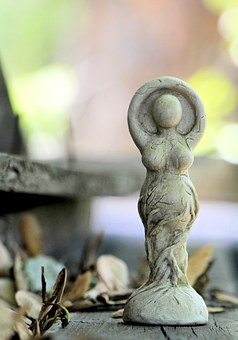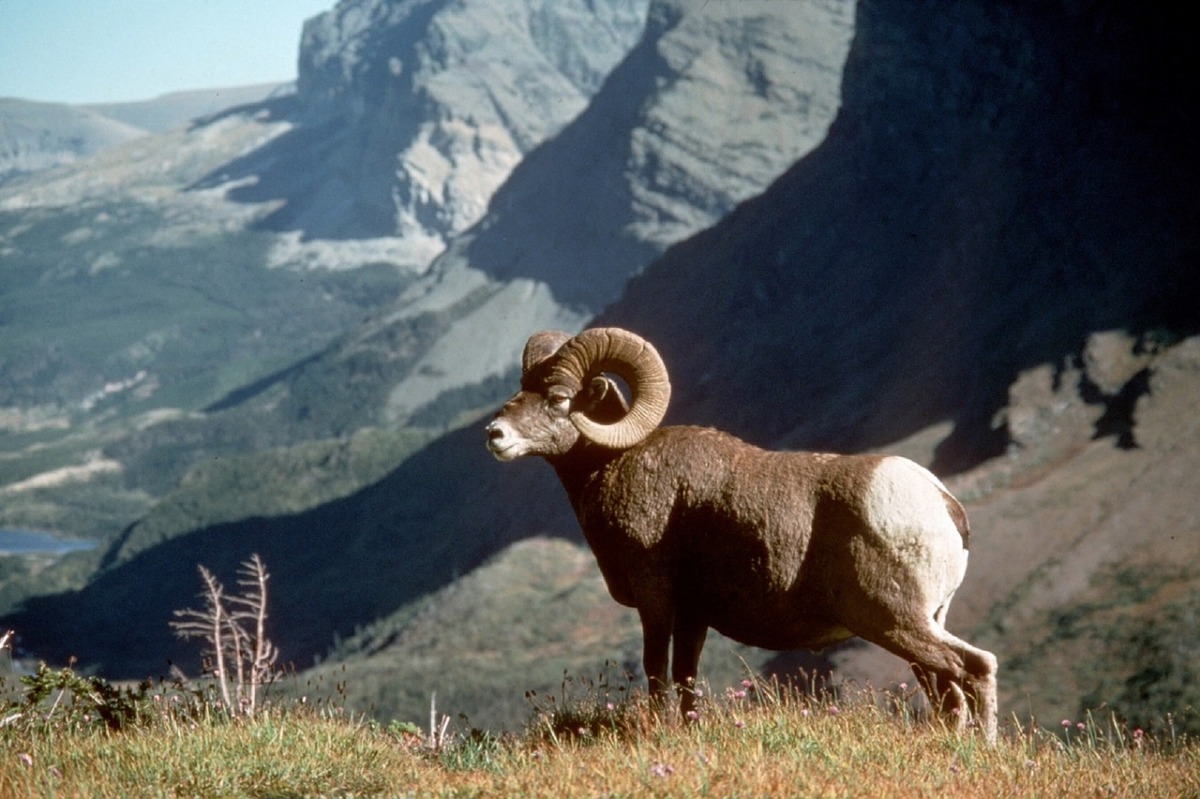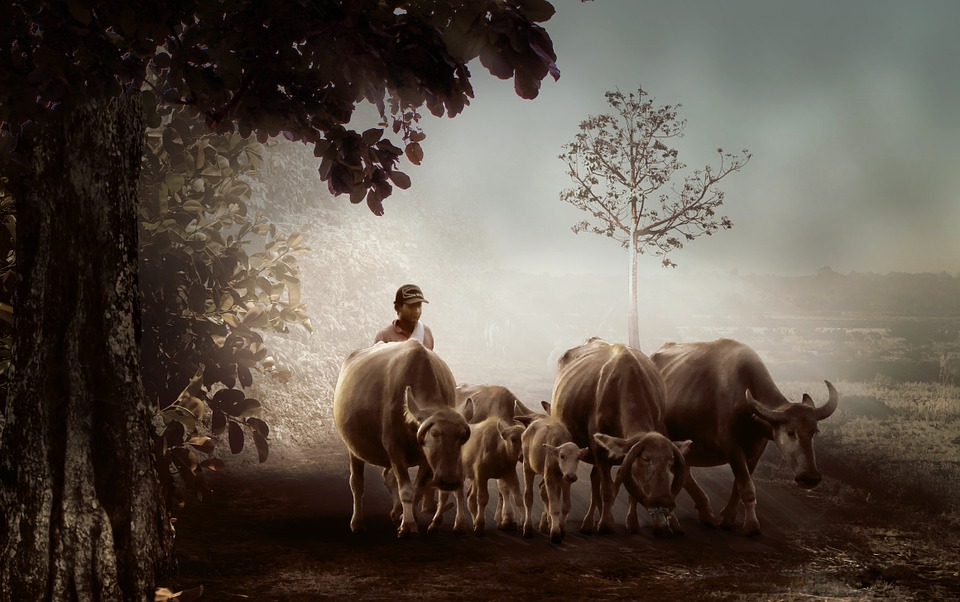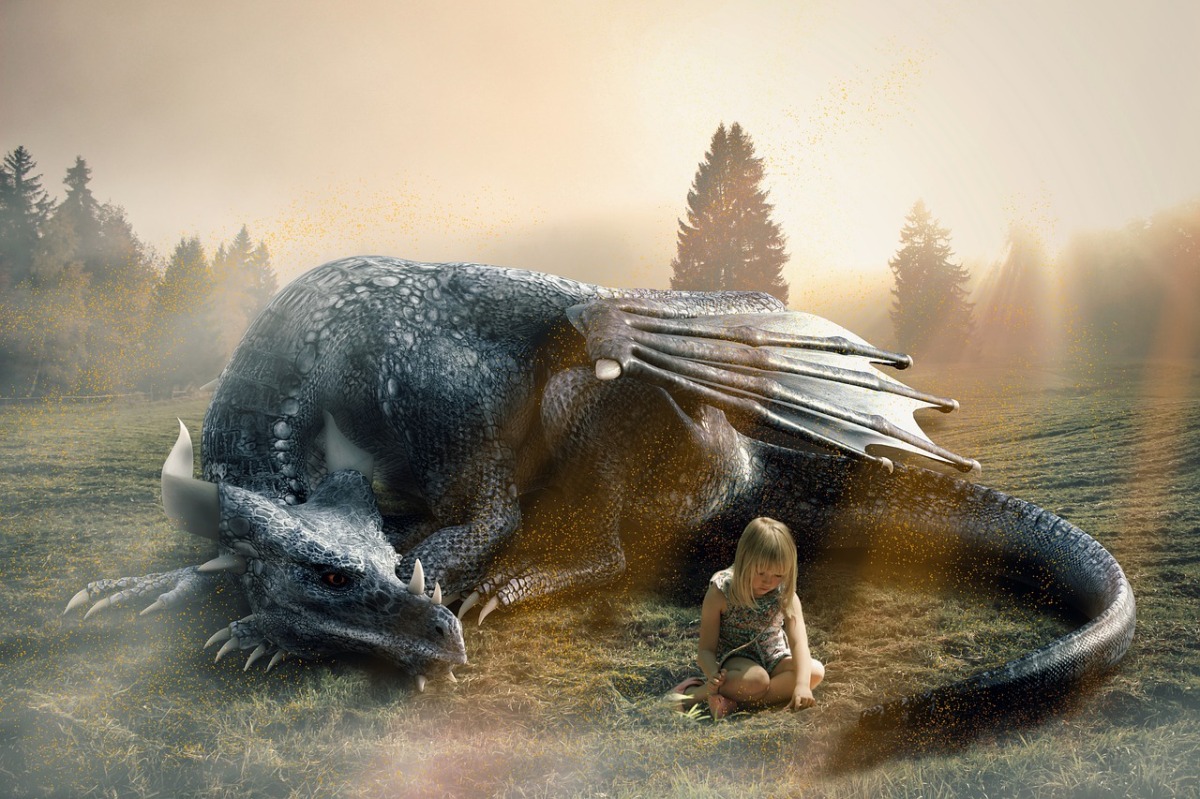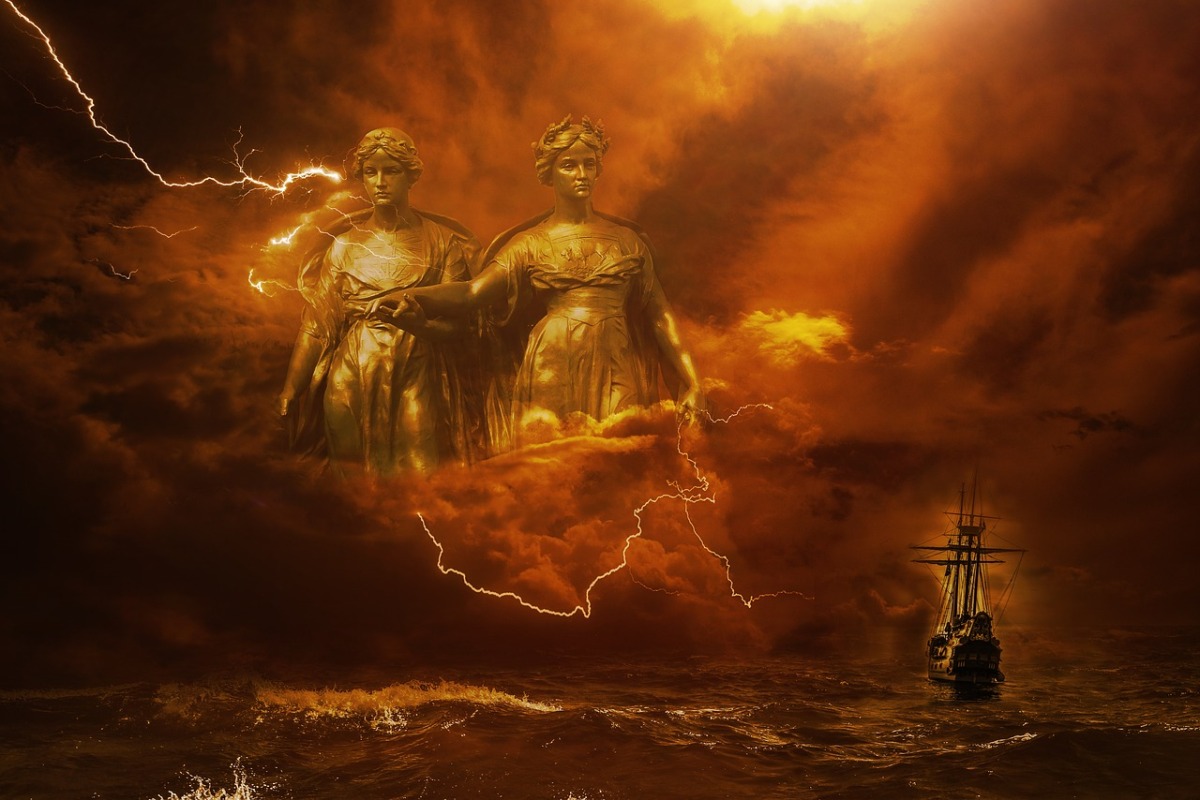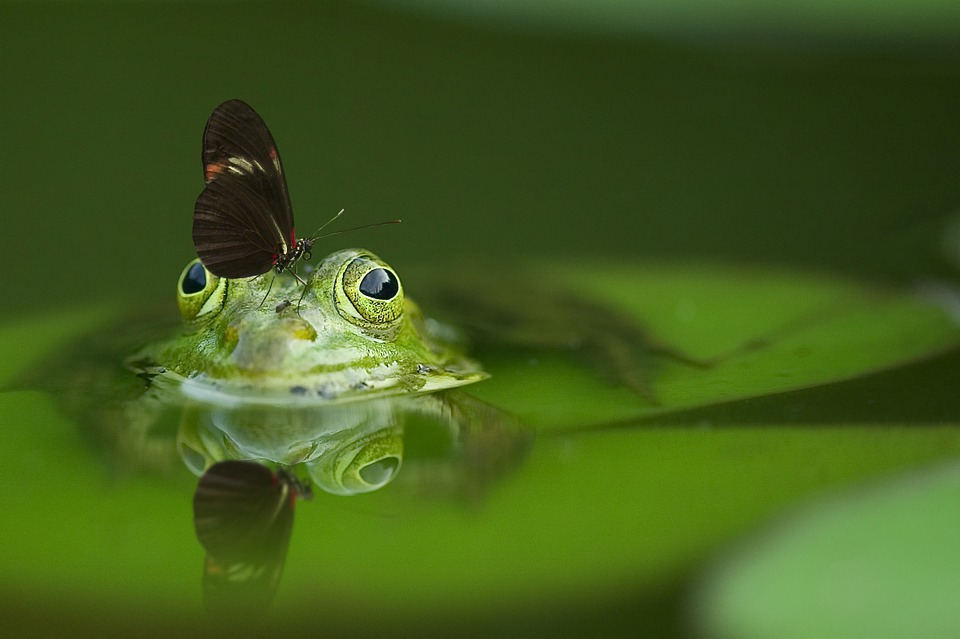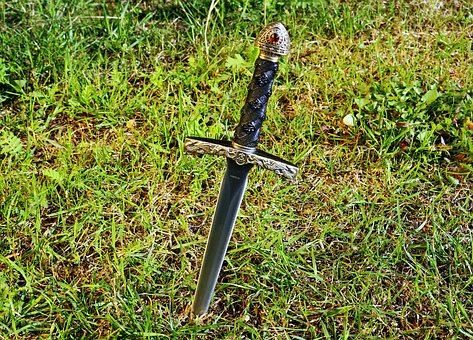- Mother goddess. Hindu (Epic and Puranic). One of the group of MATARAS (mothers) who are the patrons of children. Considered by some to be identical with the goddess Vriddhi. Her consort is Pancika, alternatively KUBERA. In her destructive aspect she steals and eats children. Particularly known from the north and northwest of India.
Tag: who
HERYSˇAF (he who is upon his lake)
ORIGIN Egyptian. Primeval deity associated both with Osiris and Re.
KNOWN PERIOD OF WORSHIP from circa 2700 BC, and probably earlier, until the end of Egyptian history (circa AD 400).
SYNONYMS Arsaphes (Plutarch).
CENTER(S) OF CULT Hnes (Ihnasya el-Medina) near Beni Suef.
Diang
Cow goddess. Shilluk [Sudan]. Living along the west bank of the Nile, the Shilluk perceive Diang as the consort of the first human, Omara, sent by the creator god. Her son is Okwa, who married the crocodile goddess NYAKAYA. Thus the three main elements of Shilluk life are contained in their religious beginnings—men (sky), cows (earth) and crocodiles (water).
Fafnir
Fafnir, a Wyrm ( also called a Wurm) lived in Germany, where he guarded the Ring der Nebelungen (Ring of the Hazes). He was killed by Siegfried (Sigurd) who, after killing the dragon, ate some of his blood. It is said that from that moment on, Siegfried could understand the language of the birds.
Chaitanya
Mendicant god. Hindu (Puranic). A deified mortal who became one of the many incarnations of the god VISˇNU. Born at Nadiya in AD 1484, he died at Puri in 1527. Chaitanya was a sickly child who, according to legend, was left to his fate, hanging in a tree to die, but was revived by the gods and thus became deified. He was married twice before adopting a strict ascetic existence at the age of twenty-four, from which time he traveled extensively, eventually settling in the holy city of Benares. He is remembered as a great social reformer. His main sanctuary at Nadiya includes a small statue of KRSNA to whom he devoted himself.
Ba Xian
Collective name for gods. Taoist (Chinese). A group of eight divine beings, once mortal, who achieved immortality through their exemplary lifestyles. There are many such groups in Chinese religious belief. The Ba Xian are probably the most widely revered.
*Aventurine*
*The Comfort Stone
*In my earliest days of crystal self-healing I was prone to severe bouts of sciatica. I found that by taping several aventurine crystals on the lower back area before going to bed (hearts are perfect for this purpose) I woke up feeling much better, and my chiropractor, who knew that I used crystals for sciatica, commented once that my posture had improved three hundred percent since I’d initially limped into her office.
Hauhet
by Chen Zhao, Clarksville Middle School
Hauhet is an Egyptian goddess and is represented as a frog. She was the goddess of immeasureable infinity. She is one of the Ogdoad. The Ogdoad are eight Egyptian dieties who were especially worshipped in Hermoplic in Upper Egypt. They formed the basis of the creation myths. The Ogdoad were made up of four goddesses and four gods. The goddesses were represented as either frogs or humans with frog heads. The gods were represented as either snakes or humans with snake heads.
Brutus
by Brian Edward Rise
The great grandson of the Trojan Aeneas who, according to a jumbled Welsh legend in the Historia Brittonum.
Dagon
by Boyd Pearson
Dagon, the name means “corn”, is an ancient Mesopotamian vegetation god, father of Baal in his father’s attributes. He is the god of crop fertility and the inventor of the plough. He passed this knowledge to mankind to let them better till the soil and produce food. Dagon’s temples were in Philistine for about 2000 years, although Baal took over in most parts of the Middle East. Dagon is one of the old gods. The Ras Shamra texts describe Dagon as coeval with El, who is the most ancient and senior of all the Semitic gods. Dagon’s temple at Ashdod still existed right up until the time of the Hasmoneans [who ruled parts of Palestine in Jesus’ days]. Dagon was portrayed half man and half fish.

